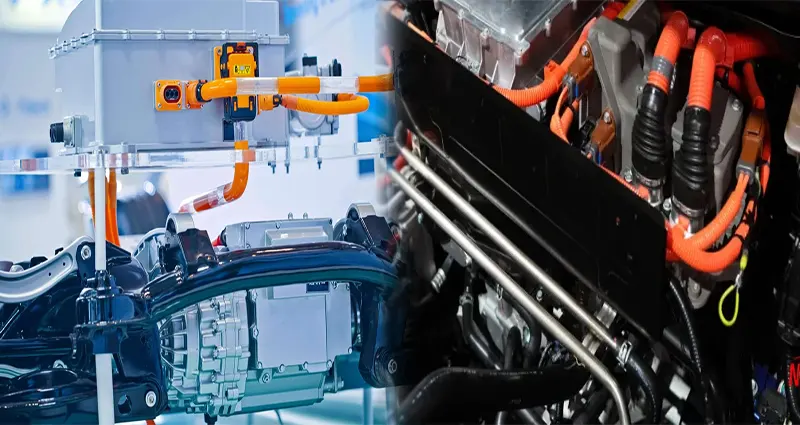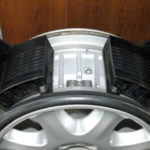The electrification of vehicles has brought about a shift from traditional internal combustion engines to electric motors, with alternating current (AC) and direct current (DC) motors being the two main types used in electric vehicles (EVs). Understanding the differences between AC and DC motors is essential for designing efficient EV drivetrains and optimizing performance. Here are the key distinctions between AC and DC motors in electric vehicles:
1. Motor Design:
- AC Motors: AC motors are most commonly used in modern electric vehicles due to their versatility and efficiency. They typically use induction or synchronous technology and don’t require a commutator, making them more reliable and durable.
- DC Motors: DC motors are simpler in design and consist of a rotor and a stator with brushes and a commutator. While they are less complex than AC motors, they tend to be less efficient and require more maintenance due to the presence of wearing components like brushes and commutators.
2. Efficiency and Performance:
- AC Motors: AC motors are known for their higher efficiency and power output compared to DC motors. They offer smoother acceleration, better torque control, and regenerative braking capabilities, making them ideal for electric vehicles that require dynamic performance.
- DC Motors: DC motors provide good torque at low speeds, making them suitable for applications where constant speed is required. However, they are less efficient than AC motors, especially at higher speeds, and may have limitations in terms of torque control and regenerative braking.
3. Control and Integration:
- AC Motors: AC motors can be easily integrated with sophisticated motor control systems, such as variable frequency drives (VFDs) that enable precise speed and torque control. They are well-suited for applications that require advanced control algorithms and optimization of motor performance.
- DC Motors: DC motors are generally simpler to control and can be operated using basic speed controllers. While they may lack some of the advanced control features of AC motors, DC motors are often preferred for applications where simplicity and cost-effectiveness are priorities.
4. Cost and Maintenance:
- AC Motors: AC motors tend to be more expensive upfront compared to DC motors due to their complex design and control systems. However, they typically have lower maintenance requirements and longer lifespans, leading to cost savings over the vehicle’s lifespan.
- DC Motors: DC motors are more cost-effective initially but may incur higher maintenance costs over time due to the need to replace brushes and commutators. They are generally easier to repair and maintain but may require more frequent servicing.
The choice between AC and DC motors for electric vehicles depends on factors such as performance requirements, efficiency goals, and budget constraints. While AC motors offer superior efficiency, control, and performance, DC motors are simpler and more cost-effective for certain applications. Ultimately, selecting the right motor type for an electric vehicle involves evaluating the trade-offs between efficiency, performance, cost, and maintenance considerations to achieve the optimal balance for the specific application.











